
This July, the Taiwan Film and Audiovisual Institute (TFAI) is officially releasing “the earliest surviving film about Taiwan” to the public. Formosa, the oldest known motion picture capturing images of Taiwan that still exists and can be viewed today, is now available in full and without time restrictions on TFAI’s official YouTube channel. This invaluable piece of historical footage is estimated to have been shot in the 1920s or even earlier. The historical background of Formosa and its scale of international collaboration are beyond imagination. Alongside the release of the film, TFAI is also presenting the results of its research in a special feature in the latest Film Appreciation Journal, Issue 203: “A Century of Celluloid and Island Imagery: Formosa.” Together, the film and this research offer viewers astonishing insights and discoveries.
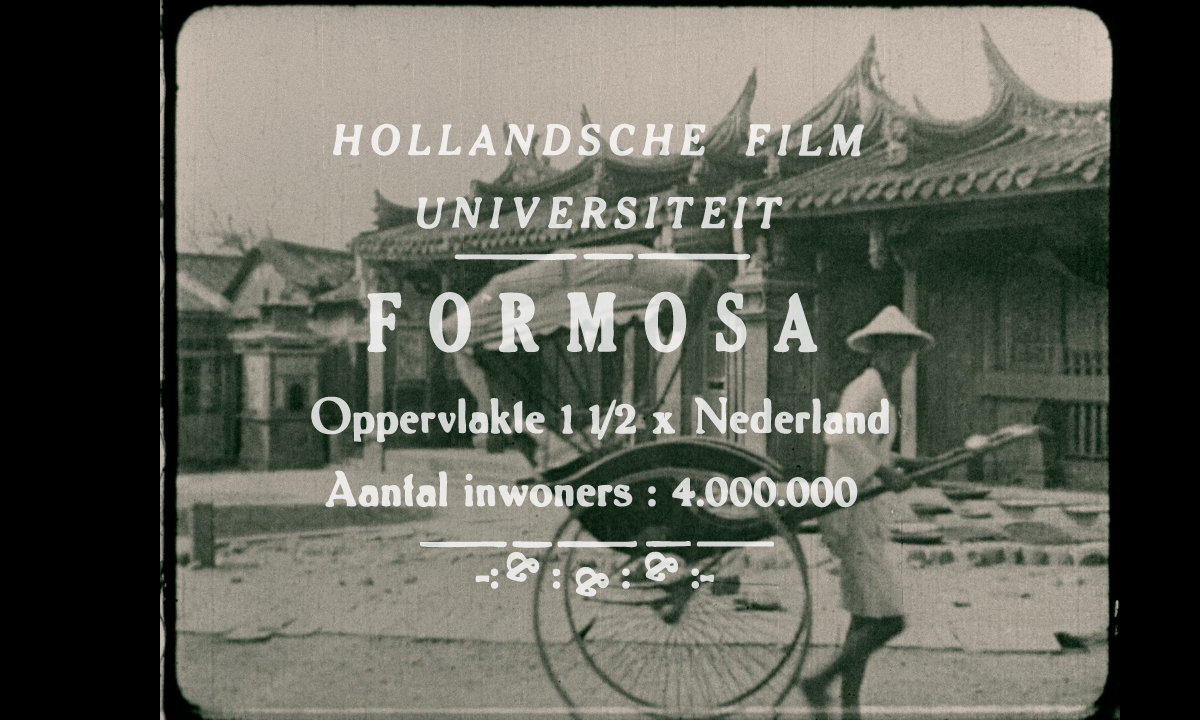
➤This July, TFAI is making available to the public Formosa, the century-old “earliest surviving film about Taiwan.” (Courtesy of TFAI)
“Formosa,” once an alternative name for Taiwan, is derived from the Portuguese word for “beautiful” or “beautiful island.” The film’s title thus embodies this historical significance and the precious and beautiful images it contains. This short documentary , at just over seven minutes in length, captures the period Taiwan was ruled by Japan, featuring architectural landscapes, folk customs, agriculture, nature, indigenous peoples, and traces of colonialism. Through the vivid tinting in green, brown, blue, yellow, and orange, the film presents a rich and colorful visual experience, reflecting how the world perceived the “beautiful island” at the time. Formosa is now part of TFAI’s collection, and in line with the spirit of open access to cultural artifacts, the film has been made publicly available on TFAI’s official YouTube Channel.
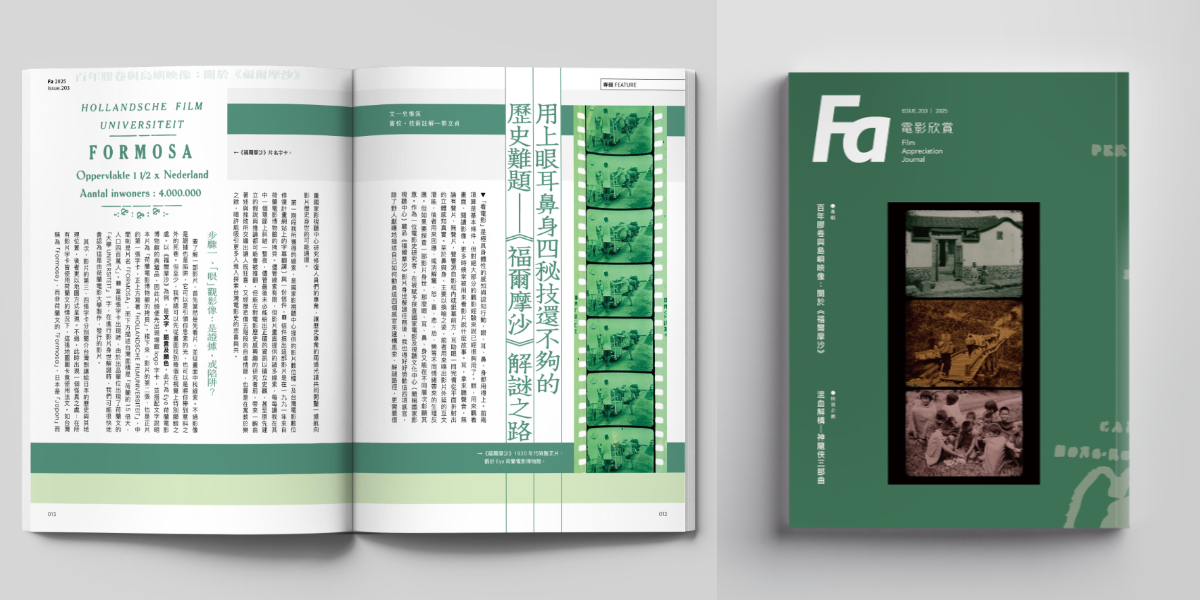
➤“A Century of Celluloid and Island Imagery: Formosa” in Film Appreciation Journal, Issue 203, reveals the latest research findings on Formosa. (Courtesy of TFAI)
In 1991, through friendly cooperation, Eye Filmmuseum in the Netherlands gifted a duplicate print of Formosa to the predecessor of TFAI — the National Film Archive, Taiwan. Yet, many mysteries remain: For what purpose was the original film made? When exactly was the master print produced? Where is the original now? In the special feature “A Century of Celluloid and Island Imagery: Formosa” released this July in the Film Appreciation Journal, Issue 203, scholars Ray JIING, LEE Daw-ming, and Uî-tiȯk Sú present their investigations and research. In addition to reconstructing landscapes past and present, they discovered that the film is linked to the Netherlands, France, Belgium, Japan, and the United States. According to LEE Daw-ming’s estimation, the film may have been shot in 1917 — making it over a hundred years old.

➤“A Century of Celluloid and Island Imagery: Formosa” in Film Appreciation Journal, Issue 203, features an exclusive Formosa film foldout. (Courtesy of TFAI)
Viewing Formosa and reading the accompanying research is like looking at a slice of Taiwan’s colonial history through the cinematic lens. In this regard, TFAI CEO DU Li-chin stated: “As a member of the International Federation of Film Archives (FIAF), we are pleased to see that ‘restitution’ has been formally included in the newly revised 2025 Code of Ethics for member institutions. As early as the 1990s, then-Director Ray JIING took the initiative to visit film archives around the world in search of Taiwan-related footage — a move that can be seen as the first step toward the decolonization of moving images. Today, TFAI continues to reexamine and reinterpret audiovisual history with Taiwan at its center. By making our collections publicly available, we are gradually restoring narrative agency over these images to Taiwanese society. As the national repository of audiovisual heritage, this is our unavoidable and unshirkable responsibility.”

➤Formosa is a documentary short of only seven minutes in length. (Courtesy of TFAI)
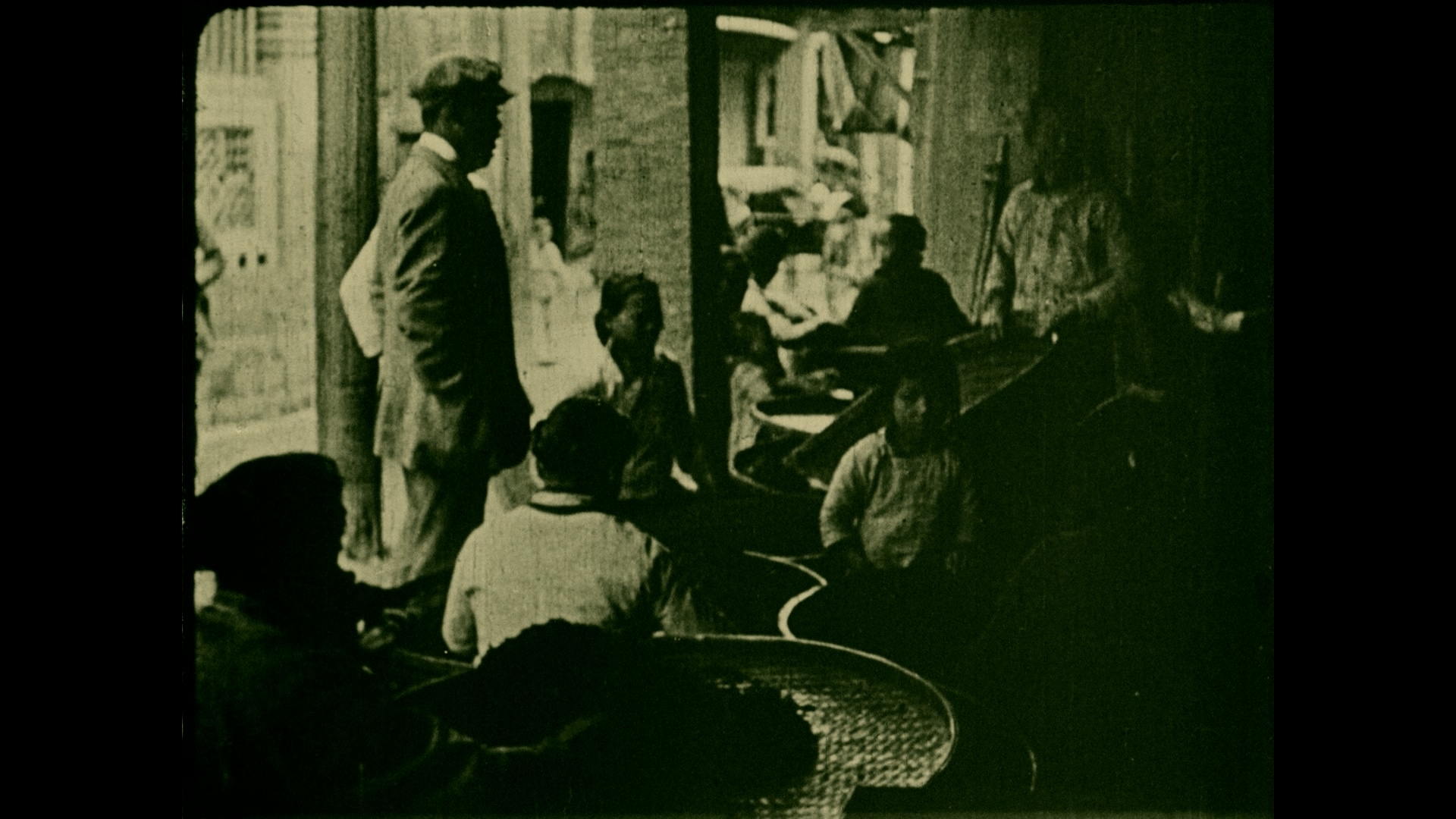
➤Formosa captures Taiwanese customs and landscapes during the Japanese colonial era. (Courtesy of TFAI)
Starting this year, the institute has also officially launched a global initiative to call on film archives worldwide to repatriate early footage related to Taiwan’s indigenous peoples, especially those created before the 1960s. Looking forward, we hope to conduct more in-depth research and archival work on these precious images returned to Taiwan — much like the initial attempt presented in this latest issue of Film Appreciation Journal. TFAI has long been committed to film research and promotion. By exploring the on-screen and behind-the-scenes dimensions of our audiovisual heritage, we aim to guide the public in reconstructing historical memories through early images and raise awareness of cultural preservation.
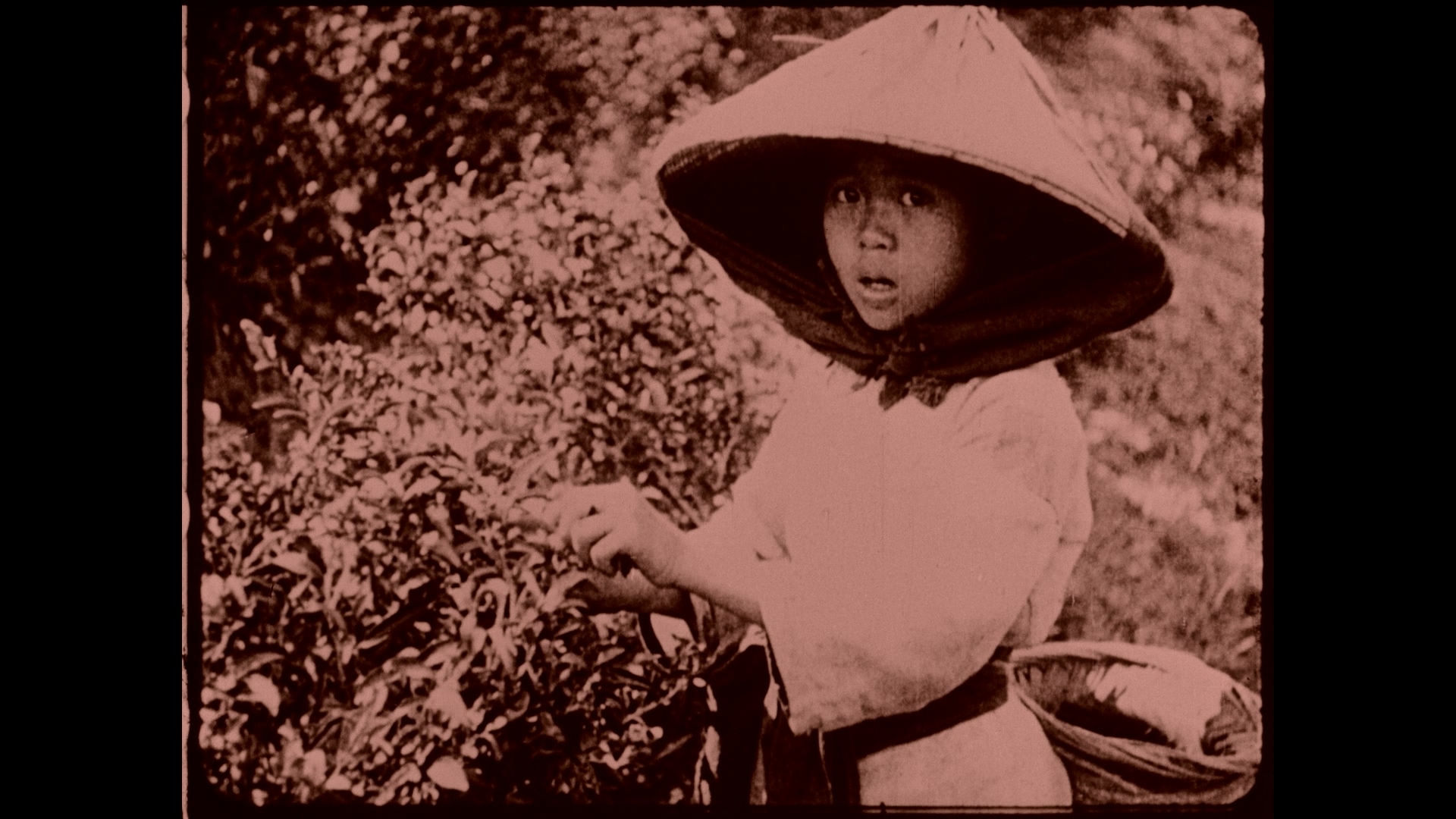
➤Formosa presents rich and colorful images through vibrant tinted film stock. (Courtesy of TFAI)
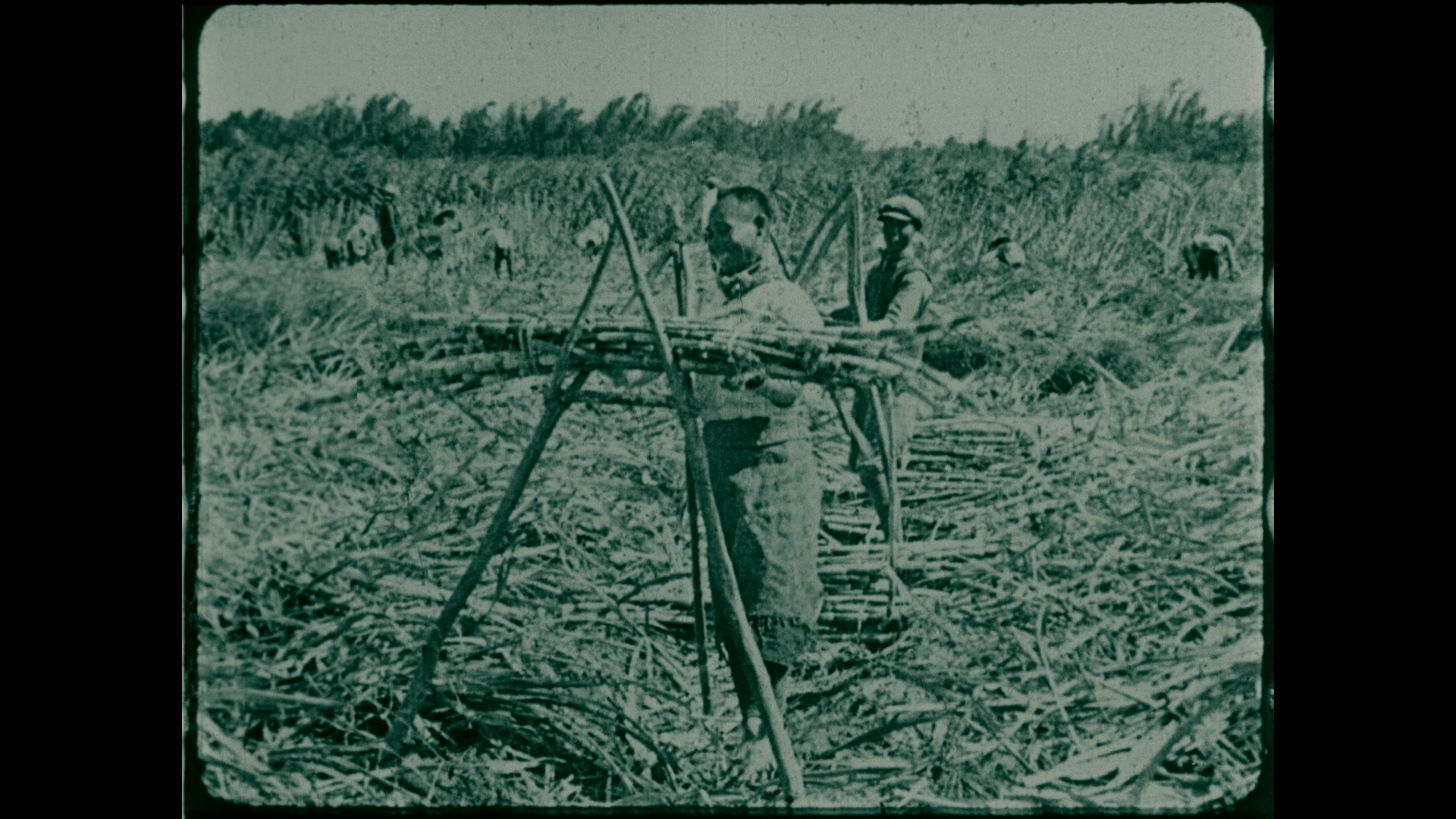
➤ Formosa is now available in full on the official TFAI YouTube channel. (Courtesy of TFAI)
● Watch Formosa on YouTube: https://tfaitw.psee.ly/7wkgsc
● “A Century of Celluloid and Island Imagery: Formosa” in Film Appreciation, Issue 203: https://tfaitw.pse.is/7wkgwt

